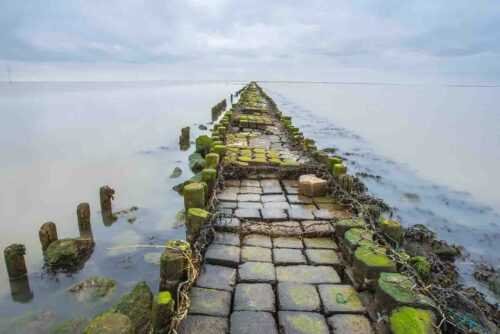
Ram Setu, also called Adam’s Bridge, is a spectacular chain of limestone shoals on the southern coast of Tamilnadu, India. It connects Rameshwaram Island, or the “Pamban Island,” to Sri Lanka’s Mannar Island. According to Hindu mythology, Ram and his army of vanaras built Ram Setu to cross the sea to reach Lanka. Ram Setu floating stone has been a mystery for all who believe in Hinduism.
What is Ram Setu Floating Stone?

A bridge between Pamban Island of India and Mannar Island of Sri Lanka connects these beautiful islands. The ram setu floating stone is a particular type of stone that floats on water. This stone is found near the ram setup bridge floating in the water.
Timings of Visiting The Ram Setu:
| Day | Timings |
| Monday | 6:00 a.m. to 6:00 p.m |
| Tuesday | 6:00 a.m. to 6:00 p.m |
| Wednesday | 6:00 a.m. to 6:00 p.m |
| Thursday | 6:00 a.m. to 6:00 p.m |
| Friday | 6:00 a.m. to 6:00 p.m |
| Saturday | 6:00 a.m. to 6:00 p.m |
| Sunday | 6:00 a.m. to 6:00 p.m |
Why Does the Ram Setu Stone Float on Water?
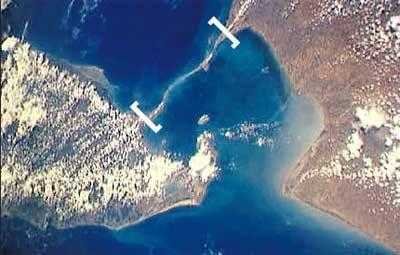
According to Hindu Mythology, Hinduism believes that while making the bridge, Ram’s name was written on the stone, and because of Lord Ram’s spirituality, the stone floats on the water.
As per Scientific Approach: Scientifically, a stone named ‘Pumice’ can float on water; the pumice stone is a hardened form of lava. Stone is heavier than water, so it sinks in the water, but when air gets trapped inside, it makes the stone lighter in weight, and the stone floats on water. You can also think the same about ice, which floats on water.
Ram Setu Floating Stone Mystery:

The legend of Shree Ram Setu often refers to a floating stone called Ram Setu. Lord Rama constructed this bridge to reach Sri Lanka and rescue his wife, Sita, from Ravana. Until 1480 AD, this Ram Setu bridge was walkable.
The Ramayana said Ram Setu stones were used to build the Ram Setu Floating Stone Bridge. According to folklore, some of the stones used to construct the bridge had the unique property of floating on water, often mentioned as a supernatural aspect of the bridge construction.
The Ram Setu, composed mainly of limestone sholas, sand, and coral, does not float as it is primarily made of materials that cannot do so. According to scientists, some volcanic rocks can float in the water. So, it is the mystery of floating stones.

Top 5 Ram Setu scientific facts and Information:
- The Limestone shoals built Rameshwaram Ram Setu..
- The bridge is naturally made, not artificially.
- It works as a barrier that helps to protect India and Sri Lanka’s coastline.
- It also supports diverse marine ecosystems.
- As scientists have noted, many volcanic rocks float in the water.
Ram Setu floating stone scientific validation:
No scientific evidence supports the idea of the floating stone of Ram Setu. From a scientific perspective, the materials that built the bridge, like limestone and sand, can’t float. So, while the Ram Setu is a natural formation with geological significance, floating stones are more of a myth than a scientific fact.
Is the bridge artificial?
Scientists confirm that the Ram Setu Bridge is mechanically built. The stones forming the bridge are 7,000 years old, while the rocks nearby are only 4,000 years old. The architects, Nala and Neela, supervised the Ram Setu Bridge building by the Vanar Sena of Rama. Nala and Neela had a curse on themselves, and according to that, anything they threw in water would float, and thus, they made the 30-kilometre and 3-kilometre-wide bridge within five days only.
The fight between spirituality and science will never end. Scents rest on logic and reason, while spirituality is another form of faith. No one will bend against each other. People do not believe in the scientists’ explanation of the floating stone, relying instead on their faith in Lord Rama, with insufficient proof and details provided.
Is floating stone a part of a volcano, according to scientists?

According to scientific evidence, the Ram Setu is believed to be made of floating stone volcanoes. But no volcano is near the bridge; how does the lava come to that place, making the stone lighter? A pumice stone can not always float on the water, so how is the ram setup stone still floating? A pumice stone can float on water only when the air bubbles are inside it, only when the stone is lighter in weight, but after that, the stone will sink in water.
Ram Setu Floating Stone – The Biggest Mystery is now solved by NASA:
Stones still have a higher density than water, and some stone floats on water. Is that spiritual magic or some science behind it? Spirituality is a belief that relies on faith, while science relies on evidence only. The biggest question against scientists is How we deal with spirituality and science.
The Ram Setu bridge floats continuously over water and has stones under it. It is 30 kilometres long and 3 kilometres wide. The “Yuddha Kanda” chapter of the Ramayana beautifully describes Lord Ram’s formation of the bridge to rescue his wife, Sita, who was kept hostage by Ravan. The bridge connects the two adorable islands of India and Sri Lanka, Pamban and Mannar, respectively.
Scientists believe the bridge was built 1.7 million years ago by limestone, but people’s faith is still in Hindu mythology. They conclude that Vanarsena of Lord Ram formed the bridge. Scientists revealed that a hardened form of lava, pumice stones, can float on water, which may be a reason. But there is no volcano near Rameshwaram, so how did that material come here? The spiritual behaviour of people believes that the stones keep floating because of the name written on them of Lord Shri Ram.
Nala and Neela, the architects, built the bridge, and NASA has demonstrated that it is mechanically constructed. The Ramcharitmanas of Tulsidas wrote that Neel and Nala have a curse: anything they throw in water will float.
How to reach:
- By Air: You must take a flight from your nearby Airport to the Madurai and Tuticorin Airports, and from there, you can hire a taxi to reach the Ram Setu Bridge.
- By Train: You must take a train from your nearby railway station to the Rameswaram Railway Station, and from there, you can get a taxi to the Ram Setu Bridge.
- By Bus: You have to take a bus from your location to the Rameswaram Bus stop, and from there, you can hire a taxi to reach the Ram Setu Bridge.
Ramayana All Version
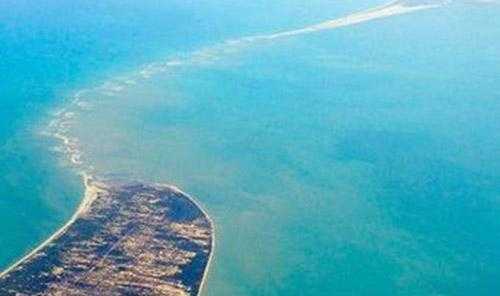
Book Name: Adhyatma Ramayana
Author Name: Vyas
Language: Sanskrit
Specification: Extract From Brhmananda Purana
Check Price here
Book Name: Yoga Vasistha
Author Name: Philosophy related to Valmiki(the real author is unknown)
Language: Sanskrit
Specification: Original Version Of Ramayana
Check Price here
Book Name: Laghu Yoga Vasishtha
Author Name: Abhinanda of Kashmir
Language: Sanskrit
Specification: an abbreviated version of the Yoga Vasistha.
Check Price here
Book Name: Sri Ranganatha Ramayanam
Author Name: Gonna Buddha Reddy
Language: Telugu
Specification: Telugu version of Ramayana
Check Price here
Book Name: Ramcharitra Manas
Author Name: Sant Tulsidas
Language: Sanskrit
Specification: Famous version
Check Price here
FAQ for Ram Setu
Ram Setu is located in Rameshwaram, Tamil Nadu.
The best time to visit Ram Setu is from October to March.
The floating stone’s name is “Pumice.”
According to some Christian and Islamic beliefs, Adam crossed this bridge during his journey after being deported from the Garden of Eden.


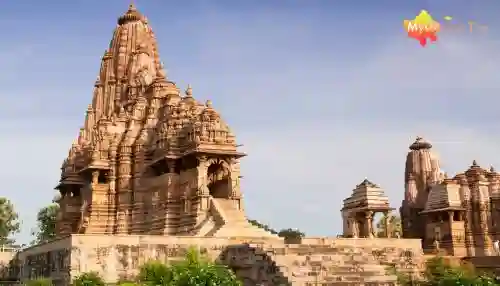

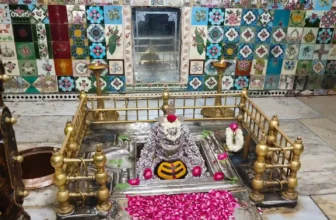
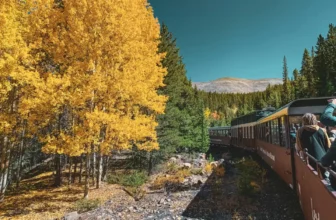
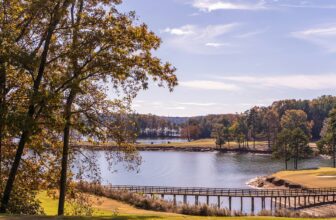
If Ramasetu floating stone is just a stone generated by Volcanic eruption then there should be a Volcano too at the same place… Where is it ???? Lots of Volcanos are there in world how many paces are there where we can get the Floating stones..?????? If it is nature made then thinks only to make a bridge from India to Srilanka..Isn’t it…????? What Nonsense….. Scientists are useless if their ideas are getting failed then they are just fooling and talking a nonsense…..
I am sorry to you, but there is no Volcanic rock in the Rama Setu, which has been proved by all the research centers of the world. This stone is a natural stone.
Well said ,Shyam
It is definitely not natural
It is man made and the carbon dating does sync with the history
I agree with you but till now no one proves that it’s not a natural stone.
The 5000 yr old floating stone was brought to the site… my dear…
Yes, these stones are 5000 years old.
NASA said that ram setu is man made not naturally made.
NASA never ever said that its man-made or we have a proof that it’s a man-made.
If you have please share proof of official NASA link where they research on ram setu and they found that its man-made
Also told you its made by man(They are superhuman beings), nature is not made this bridge automatically.
It’s very interesting and useful for traveling. Nice job ????
Thanks, Mahendra sir, also I share many other places and their itineraries that can help you to make your travel plans.
Nice Article @Ankit But as per my knowledge these stones were not local to that sea nor to the cost. And we should not look every think mythological. It is possible to built a bridge on a shallow sea. It might have taken long time. But we must not reject every scripture of our past as it belong to a specific culture. And it is not as if NASA only knows every thing. https://youtu.be/odUtqDz4lEk
Your website is amazing, I started reading this article and feel you share great information about ram setu.
I am always deep studying the topic before writing.
Thank you for sharing for this great post.